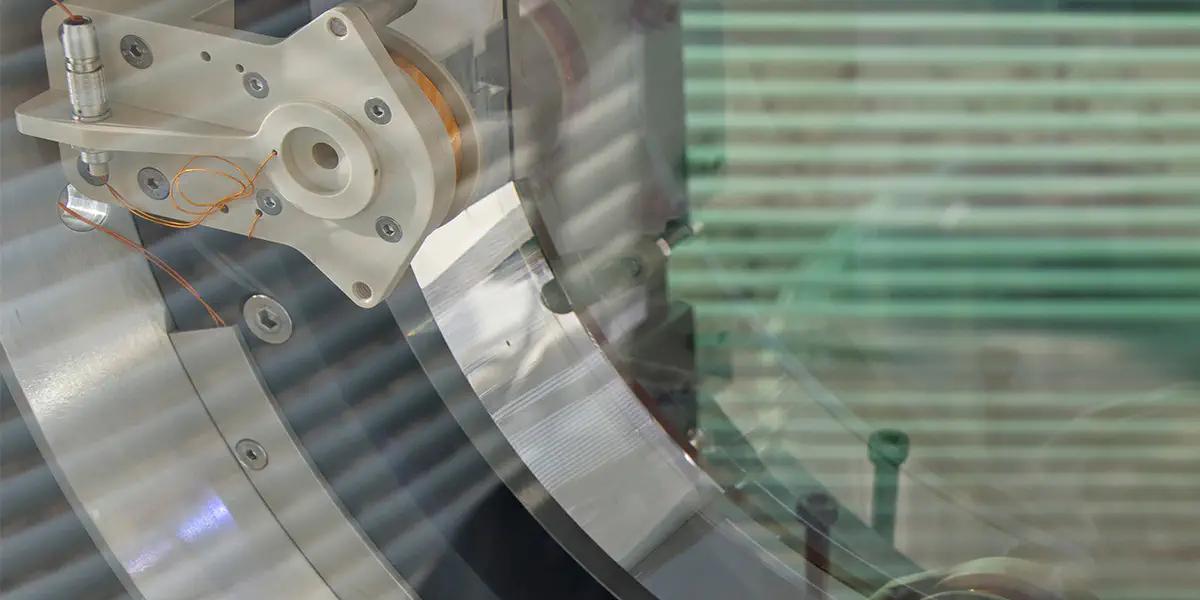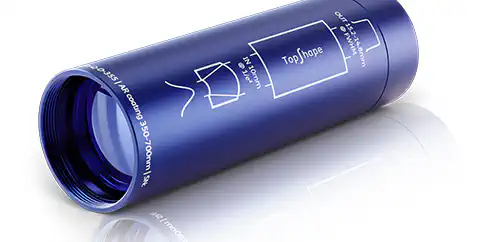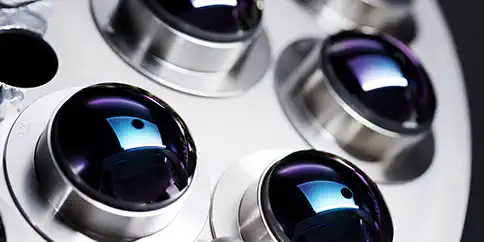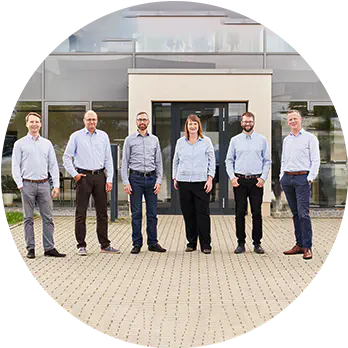
Atomic Interferometry
A modern quantum mechanical measuring method
Atomic interferometry is one of the most accurate measurement methods of our time and is based on the laws of quantum mechanics. Accordingly, under certain circumstances atoms move like light waves. The wave character of the atoms is used to perform very accurate measurements based on their extremely short wavelengths and interferometry (superposition of waves). Atomic interferometry works with high-quality, very stable laser systems, with the help of which atoms can be cooled. Laser-cooled atoms are the basic prerequisite for atomic interferometry. The cooling of the atoms results from their deceleration, produced by the interaction (impulse transmission) of the atoms with the laser light.
Application areas of atomic interferometry
The main field of application of atomic interferometry is research. Further fields of application are e.g. gravity gradiometryand geodesy. Depending on the objective, different types of atomic interferometers can be distinguished, e.g. the free-fall gravimeter (for measuring the absolute gravity acceleration), the superconducting gravimeter (for recording relative gravity changes) or the spring gravimeter (for measuring temporal gravity changes at one location or between different locations).
A concrete application example for atomic interferometers is the measurement of the Earth’s gravitational field. In an atomic interferometer, atomic matter waves are split by light pulses (laser beams). The resulting partial waves travel different paths and are brought to interference by deflecting mirrors. The resulting complex interference patterns contain the necessary information to determine the atomic gravity acceleration and thus the Earth’s gravitational field.
Homogeneous laser beams as a prerequisite
Highly sensitive and extremely precise instruments are the prerequisite for complicated atomic optical processes. An effective coherent pulse transfer from photons to free-falling atoms can only be realized by a constant phase uniformity of the laser beams. The consequence of inhomogeneities of the laser intensity is e.g. reduced atomic optical efficiency and a decrease of contrast. For high-performance atomic interferometers it is therefore of decisive importance that the intensity and phase of the laser beam are very homogeneous and uniform.
Optimization of the laser beam regarding intensity and phase homogeneity can be achieved with the help of asphericon's BeamShaping products. By generating a top hat beam, a demonstrably increased atomic-optical efficiency can be achieved compared to a Gaussian beam. The basis for the optimized beam shaping is our high-quality aspheres, which are e.g. used in our powerful a|TopShape. First-class coatings can complement our lenses in performance and durability.



